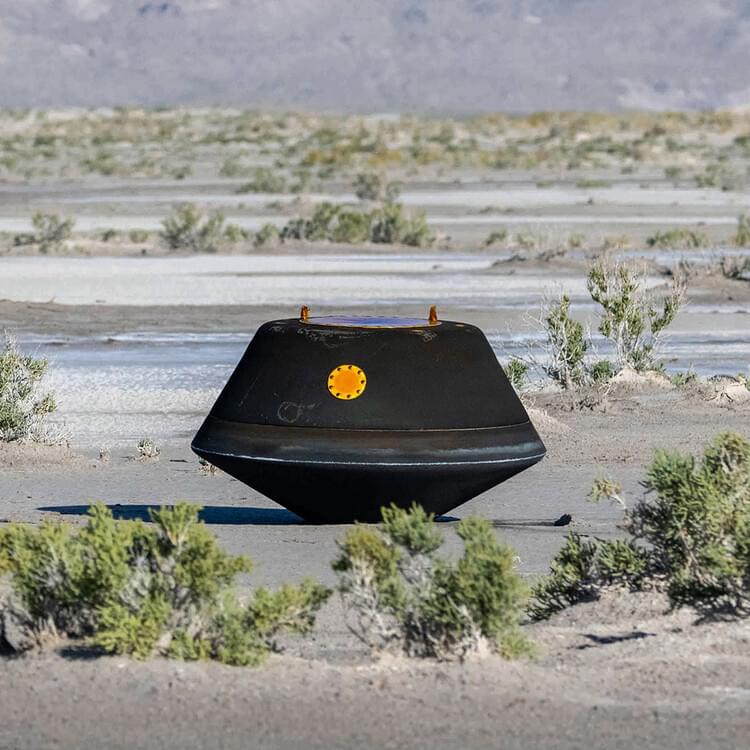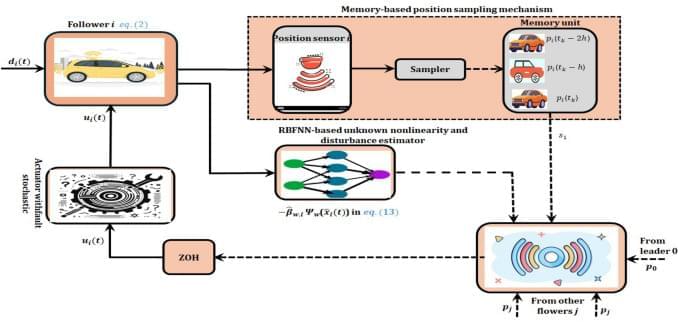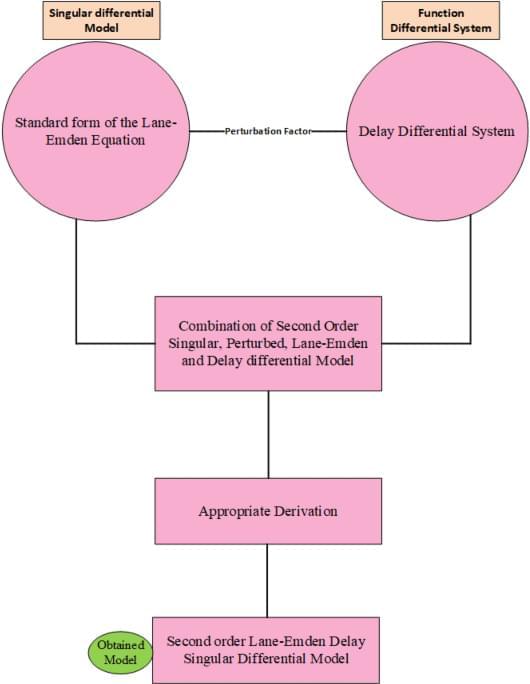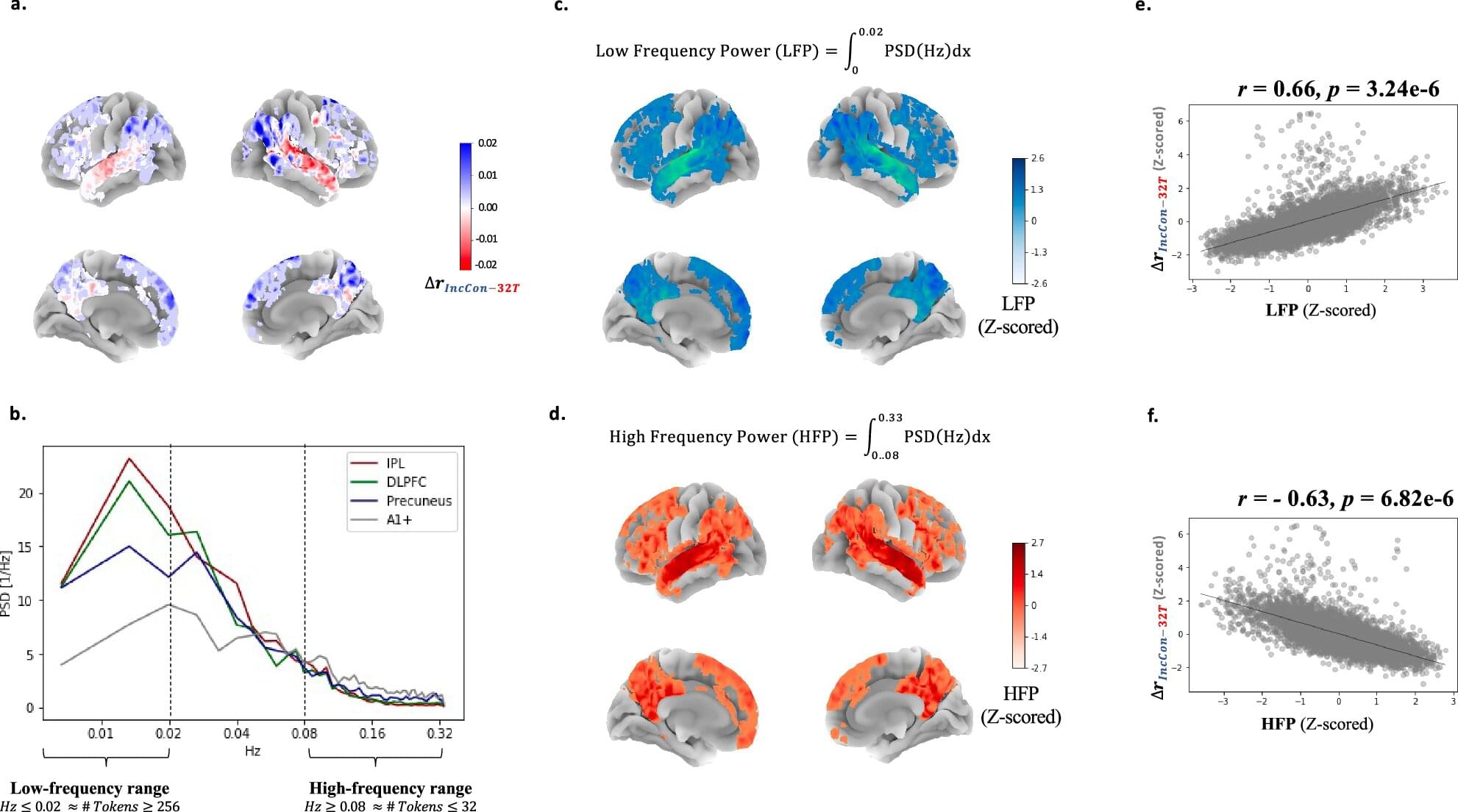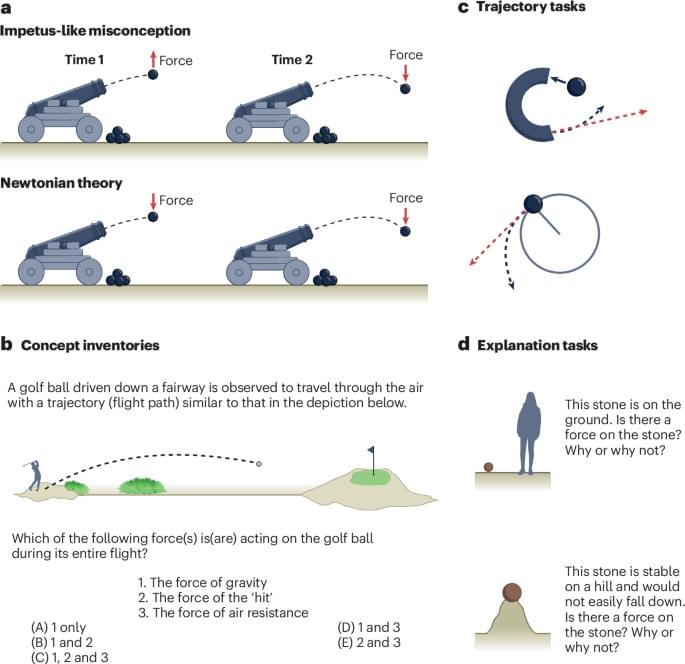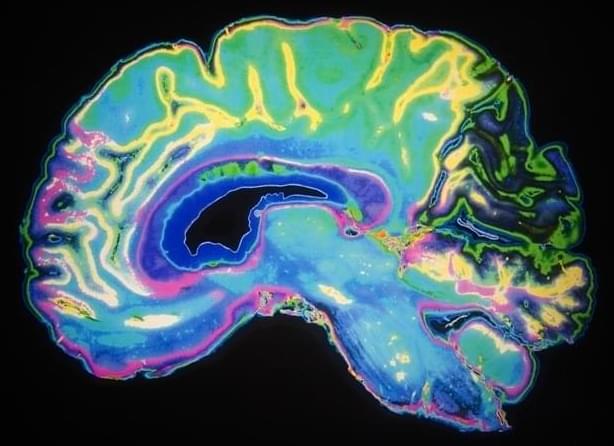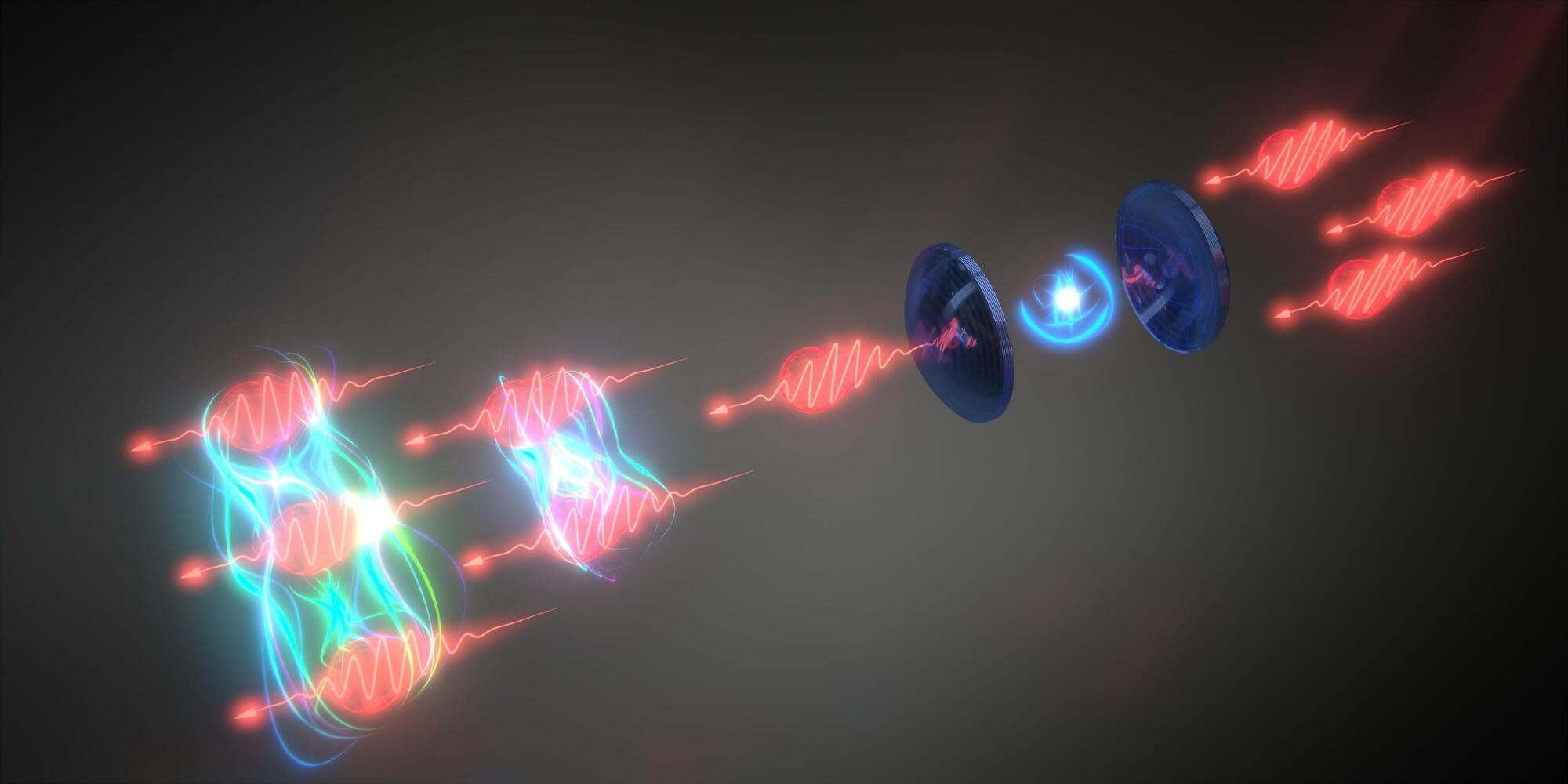Softbank Group chief executive officer Masayoshi Son plans to borrow $16 billion to invest in artificial intelligence (AI), the company’s executives told banks last week, The Information tech news Web site reported on Saturday, citing people familiar with the matter.
The Japanese technology investor might borrow another $8 billion early next year, the report added. It was reported in January that Softbank is in talks to invest up to $25 billion in ChatGPT owner OpenAI, as the Japanese conglomerate continues to expand into the sector.
Softbank’s investment would be on top of the $15 billion it has already committed to Stargate, a private sector investment of up to $500 billion for AI infrastructure — funded by Softbank, OpenAI and Oracle Corp — to help the US stay ahead of China and other rivals in the global AI race.
The Information — a tech industry-focused publication headquartered in San Francisco — previously reported that Softbank was planning to invest a total of $40 billion into Stargate and OpenAI, and had begun talks to borrow up to $18.5 billion in financing, backed by its publicly-listed assets.
Separately, Arm Holdings PLC is set to sign a pact next week to establish a base in Malaysia, the Malaysian news agency Bernama reported on Friday, citing Malaysian Prime Minister Anwar Ibrahim. Anwar had a discussion with Arm chief executive officer Rene Haas on Friday, he told reporters in Putrajaya, Malaysia. Son also took part in the meeting, he said.
(https://open.substack.com/pub/remunerationlabs/p/softbank-gr…Share=true)
This would be on top of the $15 billion SoftBank has already committed to Stargate.

